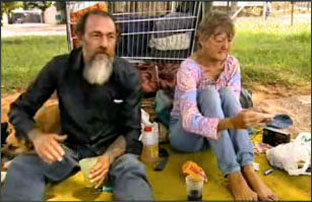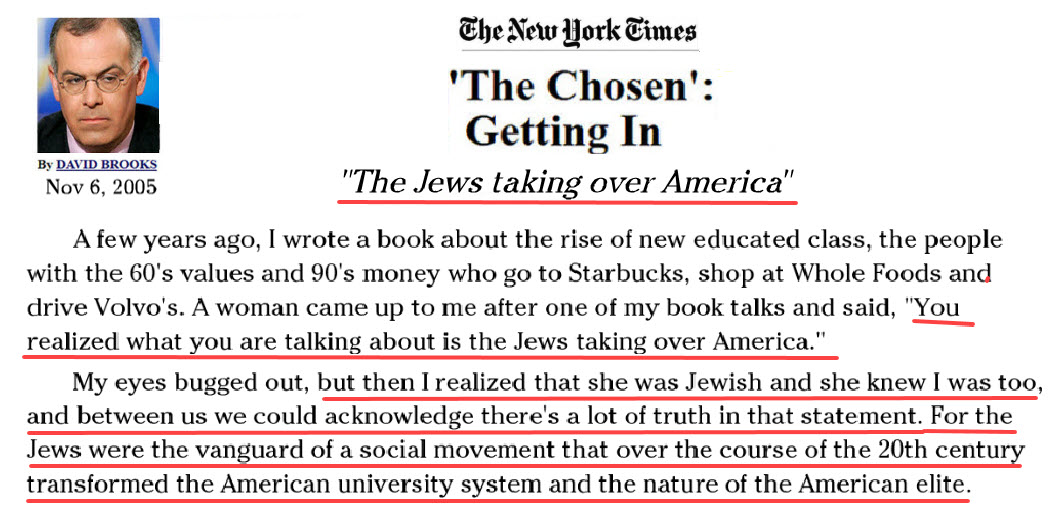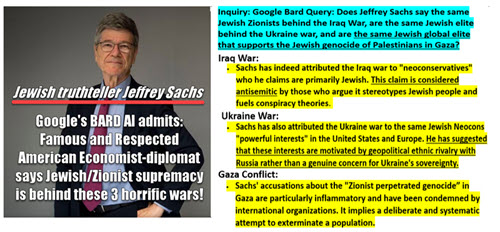 One-third of SA’s 3-million Afrikaners are destitute, homeless, unemployable
One-third of SA’s 3-million Afrikaners are destitute, homeless, unemployable
Research by De Wet Potgieter
Sept 8 2007 Rapport newspaper writes: “South Africa’s 3-million Afrikaners — all multilingual people with a high standard Western education and a protestant work ethnic — are being forced back into the stone-age by the current ANC-regime’s laws which bars such ‘whites’ from the labour market.”
South Africa has about 4,5-m whites of whom 3-million are Afrikaners.
Rapport newspaper published an extensive survey this week of the current living conditions of the country’s Afrikaner community — and has found that they have now returned to identical destitution as they had been plunged into shortly after the Anglo-Boer war in 1902 right up to the Great Depression of the 1930s. During those years, the ‘poor white’ problem in South Africa was even highlighted by an international Red Cross report at that time – and international aid funding was made available to try and alleviate the destitution of poor Afrikaners in those years.
Now, the housing crisis for the country’s 1-million destitute, unemployable Afrikaners in fact has again taken on criticial proportions which are worse than their situation during the Great Depression, warns Dr Dawie Theron of the Helping Hand Fund – which is sponsored by Solidarity Trade Union’s membership.
“Drive through Danville in the Pretoria district, through the Daspoort tunnel to Booysens, Pretoria-Gardens and Daspoort, writes Rapport newspaper this week.
“The size of the plots are all about the same, but look over the fences and you see the Wendy Houses, the shacks, and the tents housing the Afrikaner destitute families all stuffed in behind the main houses.”
And these are only a few examples of how the face of poverty has changed in South Africa.
“In fact a large, new Poor White problem – with the identical squatter towns seen just after the Anglo-Boer War and during the Great Depression, when people migrated in large numbers from the countryside to the cities, is developing once again.
“It’s no longer unusual to see whites begging, and according to the youngest official statistics from 2006, there were 900,000 unemployed white people in South Africa now – all living in total destitution.”
380,000 are men, and 610,000 are women – who are not only unemployed, but permanently unemployable due to the ANC-regime’s blacks-only hiring laws for the entire labour market.
Also, some 7,000 Afrikaner families live in squatter huts or some kind of informal structure such as a tent or a caravan.
Some 11,000 to 12,000 Afrikaner families are said to share rooms and living space.
“Three years ago, Prof Lawrence Schlemmer already pointed out that 430,000 van the country’s 4,5 million ‘white’ people where too poor to live in ‘traditionally white neighbourhoods.’
Dr Dawie Theron of the Helping Hand Fund of Solidarity Trade Union said the housing crisis for the country’s 1-million destitute Afrikaners ‘has now taken on critical dimensions’.
“Moreover, these destitute people’s urgent need is being brutally exploited as just another way to make money,” Dr Theron said.
The number of shelters for Afrikaner-destitute familes have soared over the past four years – and not all of them are suitable for human habitation, he warned.
For instance in Daspoort, Pretoria, there is a shelter for the homeless where more than twenty Afrikaners live together on one erf – most rely on a monthly $87 disability pension to survive on.
From this small amount of money they have to hand over more than half to the shelter. Other occupants are elderly pensioners who get about $82 a month.
These people can afford no more than one meal a day if they are lucky, because most of their income is handed over to the landlord.
The Rapport journalist writes that he visited one elderly woman who ‘was sitting inside her Wendy House, shivering beneath a duvet in the wintertime.
“Behind her was a signed poster of the SA country-singer Ken Mullan. On the corner, a man was fixing a bicycle for some extra cash.”
North of Pretoria, there’s shelters where 75 people are crowded together on one smallholding for which the retired pensioners have to pay $35 a month and the rest have to work to get food and a shelter.’
“A Church recently installed toilets and a kitchen here. Unprotected power lines hang over the Wendy houses, the shacks and the tents where barefoot Afrikaner children, chickens, pigs and goats all play on the same dirty soil.
“In contrast there’s another shelter some kilometres away with decent infrastructure, a clean and neat refuge where the destitute Afrikaners are being empowered by learning new skills.”
However this is only for men and each have a task each day. Some are taught to cook in a well-equiped ‘bush kitchen’.
“In one of the buildings, a team sits together, stringing plastic flowers into bunches for the manufacturer of funeral bouquets.”
They pay a part of their income thus earned to the shelter. A camp commander was appointed to solve internal problems and maintain disclipline.
Just beyond Danville, West of Pretoria is the cultural-historical Westfort former leprosy colony, founded in 1898.
Since its doors were officially closed in 1997, it was a ghost town until destitutes of all races and ages moved in and made it their own.
Over the past few months, more than 1,250 families – some with nine children – have poured into Wesfort. Some 300 of these are children who attend the local Danville school.They even use the bathtubs, covered with planks, as beds.
In the now ironically-named Pretoria Gardens suburb, there’s a prime example of how destitute people are being abused by ruthless ‘land barons’
The seven-roomed house is rented out at the rate of R1,800 a month per room – including utility costs.
Thus the owner earns about R12,600 a month from the misery of destitute Afrikaners.
Even the garage behind the house has been turned into a living space for two families with four children which has to pay a monthly R1,800 each just to live there.
Even the old outside toilets have been turned into living spaces – in those small rooms, there are five men and an elderly woman, each paying R450 a month…
In the very back of the erf, there are three tiny shacks, each containing a tiny kitchen, bathroom and bedroom – one just the size of a standard single-car garage.
The rental for each of these three shacks is R1,800 each. And next to these three shacks, there’s a garden-enclosure made of reeds in which a human being lives for R1,800 a month.
These are just a few examples of the destitution in which Afrikaners are now finding themselves countrywide.
And these are people who are educated and multi-lingual, with high skills levels.
Most of these people are too scared to complain about their plight.
And it’s also clear that the present-day government would not intervene in trying to solve the poor-white question as the previous government had done.
Rapport warns that ‘communities will have to get involved much more in providing aid to these fellow-Afrikaners and to try and raise them out of this poverty. “We can’t just look away and say ‘it ‘s not our problem’, concludes the newspaper.
— Research by De Wet Potgieter, news editor of Solidarity’s communication department.
READ THE ENTIRE ARTICLE HERE:
http://www.news24.com/Rapport/Nuus/0,,752-795…
Helping Hand Fund, Solidarity Trade Union:
corner of Eendracht and D F Malan Streets
Kloofsig, Centurion
email: [email protected]
Telephone: 0861 25 24 23
Telephone: 012 664 1295
http://www.it-pro.co.za/helpendehand/english/…
Source URL: http://www.it-pro.co.za/helpendehand/english/index.php
Article Source: African Crisis



